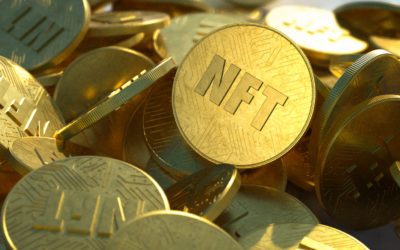REPLICA FURNITURE INDUSTRY
It seems as though there is a replica furniture store everywhere you turn on the web these days. Sometime over the last decade or so, the retail furniture industry has realised that, provided the original design registration has expired, it is perfectly legal to sell replica furniture in Australia.
But while the classics, such as the Eames lounge chair and ottoman (1956), or the egg chair by Arne Jacobson (1958), have long been copied by retailers looking to cash in on these well known designs, contemporary Australian designers are now also being affected. It is difficult enough for a designer to recoup their significant investment in their design when, only a short time after registration and publication of their design, a very similar product appears on the market, often at a sharp discount.
Ross Gardam, a Melbourne based designer recently had a well publicised encounter with the replica furniture industry. Mr Gardam’s Oak Pendant light fitting, for which he won an award at the Australian International Design Awards in 2013, and over which he held a registered design, had been on the market for less than
two years before another product which bore a striking resemblance to his design was listed for sale by an online retailer.
The online retailer offering the imitation product even went as far as to call it the “Oak Pendant”. This was later changed to the “Beehive Pendant” and ultimately removed from the retailer’s website after concerns were raised about the product’s similarity to the original “Oak Pendant”.
Without a registered design Mr Gardam would have had little legal leverage over the online retailer to remove the imitation light from sale.
DESIGNS AND REGISTRATION
So what does all this mean? Firstly we need to consider what a ‘design’ is. A design is the overall appearance of an object. It refers to the features of shape, configuration, pattern or ornamentation which, when applied to a product, gives the product a unique visual appearance. Australian design law is based on a system of registration and grants an exclusive right to the registered owner to use the product, as well as import, licence, hire, sell or otherwise dispose of the design for a maximum of ten years (5 years plus a renewal of a further 5 years).
Registration is undertaken through IP Australia and this link provides an easy to understand explanation of what’s involved: https://www.ipaustralia.gov.au/get-the-right-ip/designs/design-application-process/.
BUT DOESN’T COPYRIGHT PROTECT MY DESIGN?
Well, sort of. Copyright does protect an original design, and is valid for a much longer period of time than design registration (lifetime of the author plus 70 years vs 10 years), but doesn’t afford the owner any protection once a design is used to produce items, such as the Oak Pendant, in commercial quantities.
So you can see copyright protection won’t be of much use for the majority of commercial designers. This is especially important to note for foreign designers looking to sell into the Australian market, who may believe they have adequate design protection based on copyright protection laws in their home country.
PUBLICATION RISKS AND CONSIDERATIONS
It is important to remember that as registration involves publication of the design, the benefits of registration do need to be weighed against the commercial implications of the process. Publication by IP Australia during the registration process can be particularly problematic for those market participants who place a high importance on controlling the release date of their design (compared to the unpredictable timing of publication by IP Australia).
HOW ELSE CAN I PROTECT MY DESIGN?
On the flip side, publication can also be viewed as an alternative to registration, and may have some strategic uses when registration is not an option.
Let us explain. If, for example, you have already disclosed your design at a trade fair or posted it on your website, your competitors will be unable to register that design due to it being considered by IP Australia as “not new and distinctive”. Anyone thinking of adopting this strategy should proceed with caution. While self publication may prevent others from registering your design, your ability to register the design will most likely also be forfeited, along with any exclusive rights to the design you might have had.
WARNING: DESIGNS LAPSE AFTER 5 YEARS
In early 2010, Australian furniture designer Andrew Wilson became aware that the lobby of Sydney’s Park Hyatt hotel was furnished with replicas of his “CP1” chair. Although Mr Wilson had taken out a design registration it had been allowed to lapse, meaning he no longer had an exclusive right to his design and only option for reprisal was to make the situation public. Soon after Mr Wilson went public about the Hyatt’s actions, the chairs in question were mysteriously slashed with a knife. Whether this is the work of some replica hating vigilante we may never know. But for all those budding designers out there, the message is clear: manage your registration renewals carefully.
WHAT CAN I DO TO PROTECT MY DESIGN?
- Keep the design secret until registration is granted. Remember – it must be “new and distinctive”.
- Once registration is granted, include “registered design” statements on your marketing material and on tags attached to the product to dissuade potential imitators.
- Keep all documentation evidencing the design process and your contribution to it up to date and safely stored. Make sure all discerning features, proportions and materials are identified.
- Manage your registrations! Do not allow a registration to lapse unwittingly.


